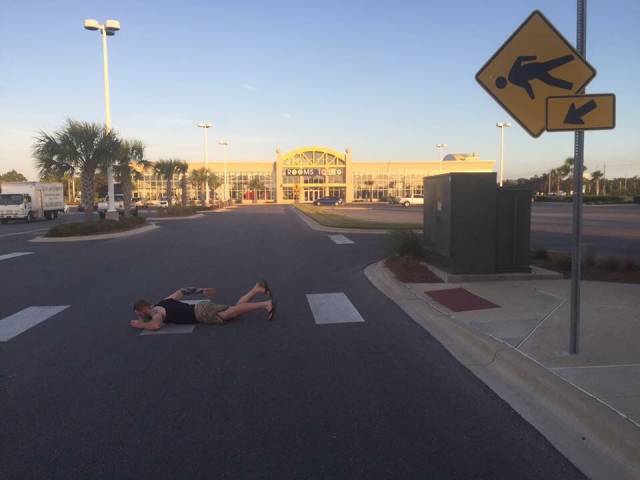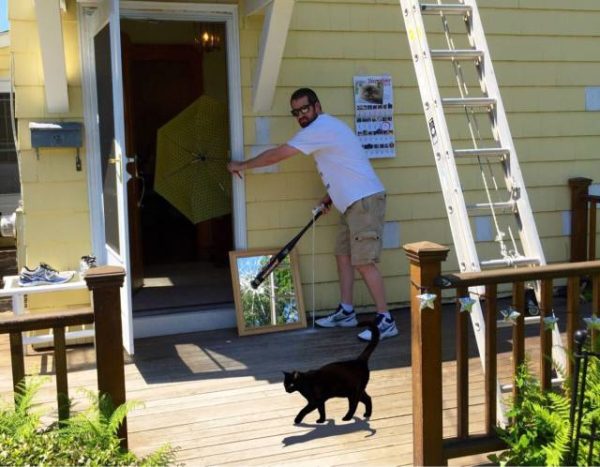
Walking through any modern city, it is hard not to notice people drifting along sidewalks with their eyes fixed on their screens. These smartphone zombies or smombie have become a global challenge, creating risks not only for themselves but also for those around them. Governments and private organizations across the world have already experimented with different strategies to reduce accidents and encourage safer behavior. These methods can be grouped into four main directions.
Legal measures

Legal approaches are often the most straightforward but also the most controversial. Some cities have introduced fines for pedestrians who cross streets while staring at their phones, treating this behavior as a safety violation. The idea is not to punish but to discourage risky habits and highlight the seriousness of distracted walking. While such measures can face resistance, they send a strong signal that society views the smombie phenomenon as a public safety issue.
Urban infrastructure

Urban planning and design represent a more creative response. Several cities have introduced smartphone-friendly infrastructure such as traffic lights embedded into the pavement, so pedestrians looking down can still notice them. In some places, sidewalks have been divided into special lanes for those absorbed in their devices, reducing collisions with other passersby. Even protective padding around poles has appeared, designed to soften the impact when smombies fail to notice obstacles. These solutions are often playful, but they draw attention to the issue in a highly visible way.
Technological solutions

Technology, ironically, is also being used to solve the very problem it helped create. Some apps warn users when they are walking while using their phone, alerting them to stop before stepping into traffic. Certain phone models even experiment with augmented reality features that keep parts of the street visible on the screen while texting. These innovations reflect the hope that digital tools can encourage safer habits without forcing users to give up their devices entirely.
Educational methods and prevention

Perhaps the most lasting changes come from awareness and education. Campaigns in schools, workplaces, and public spaces remind people of the dangers of distracted walking. Creative advertisements, public events, and even humorous social campaigns make the message memorable without being too moralistic. Over time, these efforts help shift public attitudes, encouraging mindfulness and making safe walking habits part of everyday culture, to further prevent the spread of the "smartphone zombie" phenomenon.
Conclusion

The battle against smombies is still evolving, and no single solution can eliminate the problem completely. Yet the combination of laws, infrastructure, technology, and education shows that societies are actively experimenting with ways to adapt.
The global response to smartphone zombies in the form of the methods described above shows just how widespread the issue has become. From laws and infrastructure to apps and education, different strategies reflect different philosophies, yet all aim to protect distracted pedestrians and the communities around them.
Together, these methods underline a growing recognition that the smombie problem is not just about individual choices but about creating safer, more mindful urban environments.